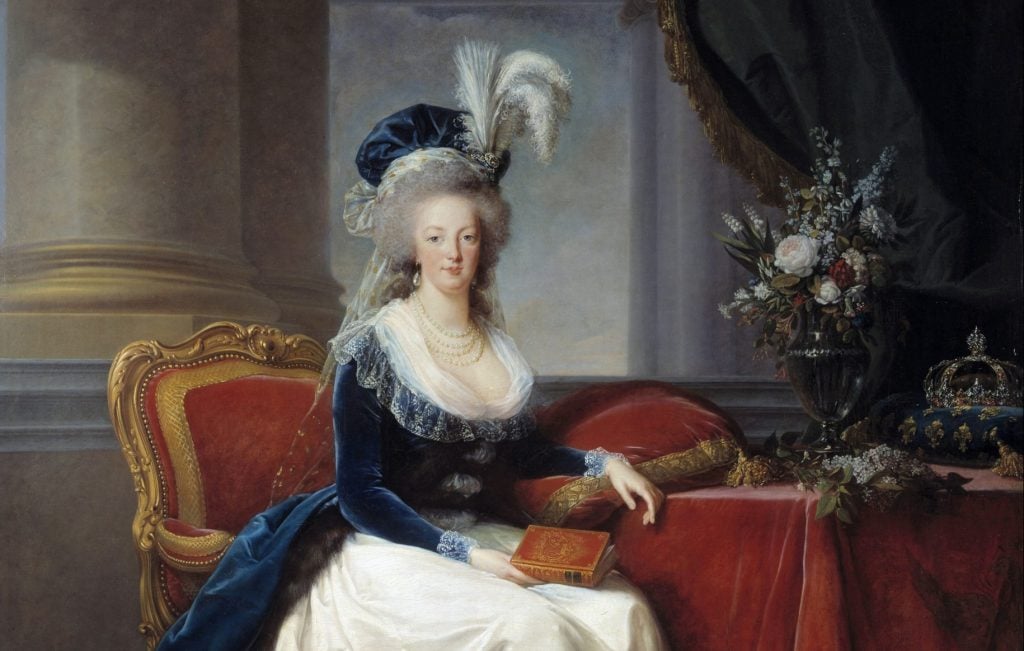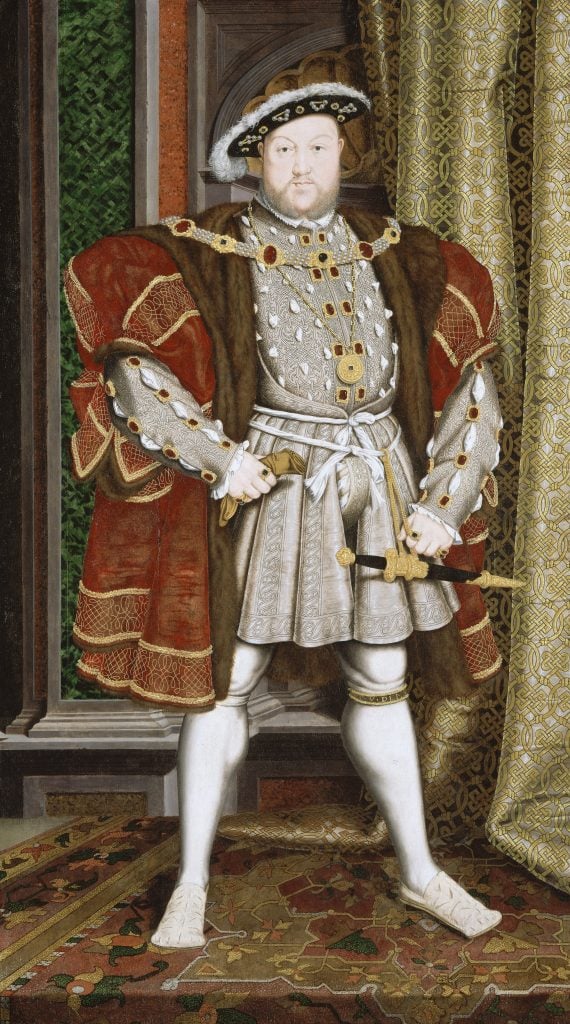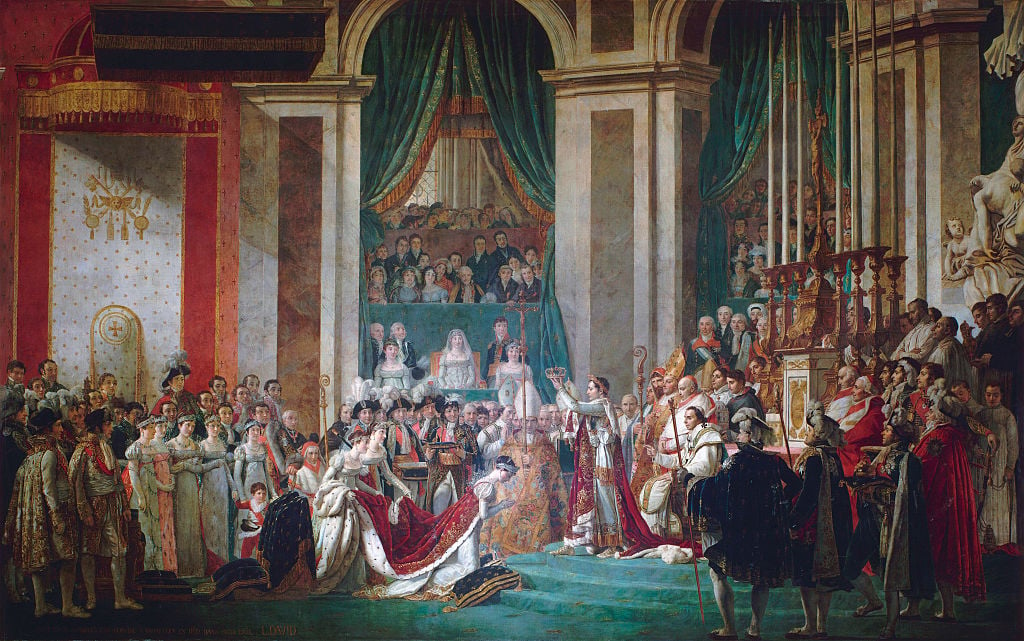Art History
Forget Kate Middleton’s Photoshop Blunder: Here Are Other Royals Who Had Their Portraits Edited
The Princess of Wales joins an illustrious list of royals who have polished up their public image.

It’s hard being a royal these days. There was a time when the public demanded little of their monarchs. The public didn’t expect the royals to cut ribbons, attend charity galas, or send out seasonal family photos.
If the public was concerned about the health of a royal, it had a simple recourse: prayer. If the public wanted to know what the ruler looked like, a solitary glance at a coin sufficed.
The claim that Kate Middleton, the Princess of Wales, digitally edited her Mother’s Day family photograph before posting it on social media provoked a swift, sanctimonious backlash. It shouldn’t have. A more fitting response might be sympathy and a glance at historical royal portraits.
For sympathy, consider the plight of a royal family now required to produce portraits in-house (admittedly, it’s a nice house) with prince as photographer and princess as photoshop editor. Then there’s historical precedent. Manipulating portraits is what royal families have always done. The only difference is that in the past they hired a professional.
Have a look at some notable examples of painters manipulating the image of their royal subjects.
Henry VIII by Hans Holbein the Younger

Workshop of Hans Holbein the Younger, Henry VIII (ca. 1540). Collection of Walker Art Gallery, National Museums of Liverpool.
In 1540, the workshop of German painter Hans Holbein the Younger painted the portrait that would define Henry VIII’s image. A powerful and physically fit king greets the viewer with a tranquil gaze. The painting, though lush in detail and royal refinery, misrepresents Henry’s character and physical capacity.
The painting is a replica of England’s first life-size portrait of a monarch that Holbein had earlier painted as a mural inside Whitehall palace (destroyed by a fire in 1698). Holbein elongated Henry’s legs (testified by armor the king was wore at the time) and painted the king as considerably younger than his age. What’s more, a serious jousting accident in 1536 had greatly diminished his hardy physic, though not his waistline.
Marie-Antoinette and her Children by Elisabeth Louise Vigée Le Brun

Elisabeth-Louise Vigee-Le Brun, Marie-Antoinette and Her Children (1787). Photo: Musee National du Chateau, Versailles, France/Getty.
Marie Antoinette learned the power of portraiture early on: Joseph Ducreux’s painting of the 14-year-old Archduchess of Austria was sent in the marriage negotiations with France. Louis XVI liked what he saw.
Once in Versailles, Marie Antoinette took the unprecedented step of appointing an official portraitist—all the more controversial given Elisabeth Louise Vigée Le Brun was a woman.
In 1887, her image was in need of a makeover. France was heavily indebted, poverty racked the countryside, and the Affair of the Necklace had added to Marie Antoinette’s reputation of being frivolous and foolish. Vigée Le Brun presents Marie Antoinette as a solemn-faced motherly figure, one who is modest in dress and jewelry (for a queen). A jewelry cabinet in the background alludes to Cornelia, the Roman who valued her children, Tiberius and Gaius Gracchus, more than her jewels. Last, she had Vigée Le Brun paint an empty bassinet, a reminder of Princess Sophie who had recently died.
The Consecration of the Emperor Napoleon and the Coronation of the Empress Joséphine in Notre-Dame Cathedral on 2 December 1804 by Jacques-Louis David

The Coronation of Emperor Napoleon I and Coronation of the Empress Josephine in Notre-Dame de Paris (1804–07). Photo: VCG Wilson/Corbis via Getty Images.
While in prison for his political alignment with Robespierre, David hitched his star to Napoleon. Whatever ideological foibles David had with the upstart emperor didn’t manifest in paint. Le Sacre is his propaganda masterpiece. Neoclassical historical paintings are always big. David’s was bigger, so much so Napoleon said “one walks into this picture.”
Also enlarged is Napoleon himself. His wife, Joséphine, is rendered more beautiful and youthful than her 41 years. Napoleon’s mother, who sits in a throne-esque chair, is included even though she’d snubbed the coronation. The true masterstroke involves Pope Pius VII. David’s preparatory drawing showed the Pope with his hands on his knees. Napoleon rejected such passivity and so David painted the Pope offering his two-fingered blessing. More fundamentally, it’s usually the Pope who runs the ceremonies—but here, Napoleon takes charge.





